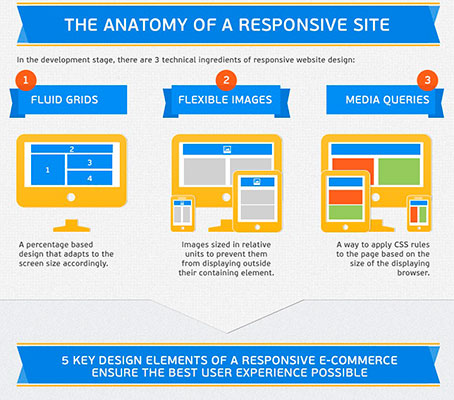Using The Strength Of Visual Pecking Order In Web Site Production
Using The Strength Of Visual Pecking Order In Web Site Production
Blog Article
Material Written By-Shah Magnussen
Visualize an internet site where every component completes for your interest, leaving you feeling bewildered and unsure of where to concentrate.
Now picture a website where each element is thoroughly arranged, guiding your eyes effortlessly with the web page, supplying a seamless individual experience.
The distinction lies in the power of aesthetic pecking order in web site design. By tactically organizing and prioritizing components on a web page, developers can create a clear and intuitive path for customers to follow, eventually enhancing interaction and driving conversions.
However how specifically can you harness this power? Join us as we explore the concepts and strategies behind efficient visual power structure, and uncover exactly how you can boost your internet site design to brand-new elevations.
Comprehending Visual Pecking Order in Web Design
To efficiently share details and overview users via a website, it's crucial to recognize the principle of visual power structure in website design.
Visual power structure describes the plan and organization of aspects on a website to highlight their relevance and create a clear and user-friendly individual experience. By establishing a clear aesthetic power structure, you can route customers' focus to one of the most important info or actions on the page, boosting functionality and engagement.
This can be accomplished via numerous design methods, consisting of the strategic use of dimension, shade, contrast, and placement of aspects. For example, bigger and bolder components typically attract even more interest, while contrasting colors can produce aesthetic comparison and draw focus.
Concepts for Reliable Visual Power Structure
Recognizing the principles for efficient aesthetic pecking order is important in creating a straightforward and engaging web site layout. By following these concepts, you can ensure that your internet site successfully connects details to individuals and overviews their focus to the most vital aspects.
One concept is to make use of dimension and scale to develop a clear visual hierarchy. By making essential aspects bigger and a lot more famous, you can accentuate them and guide individuals through the web content.
One more principle is to utilize comparison successfully. By using contrasting colors, typefaces, and shapes, you can develop aesthetic distinction and emphasize crucial details.
Additionally, the concept of closeness recommends that associated elements must be organized together to aesthetically link them and make the internet site a lot more organized and very easy to browse.
Implementing Visual Pecking Order in Website Layout
To implement visual pecking order in site layout, prioritize essential components by changing their size, color, and placement on the web page.
By making crucial elements bigger and extra popular, they'll normally draw the individual's interest.
Use contrasting colors to produce aesthetic contrast and emphasize crucial information. As an example, you can use a vibrant or lively color for headlines or call-to-action buttons.
Additionally, think about the placement of each component on the web page. Place source web page at the top or in the facility, as customers have a tendency to concentrate on these areas first.
Final thought
So, there you have it. Aesthetic pecking order resembles the conductor of a symphony, guiding your eyes through the website layout with skill and flair.
It's the secret sauce that makes a website pop and sizzle. Without it, your design is just a cluttered mess of random aspects.
But with aesthetic hierarchy, you can create a masterpiece that gets hold of focus, communicates successfully, and leaves a lasting perception.
So go forth, https://chancemicwr.blog4youth.com/30829618/search-engine-optimization-vs-pay-per-click-which-one-is-right-for-your-organization , and harness the power of aesthetic hierarchy in your internet site style. Your audience will thank you.
